There is a wide variety of natural stones available in rich colors that are produced globally. Stones from different regions evoke distinct sensations. Apart from China, which is the biggest stone exporter, other major stone-exporting countries like Iran, Turkey, Italy, Brazil, and India have significant reserves and produce diverse stone varieties. This article delves into the stone industry of these nations, exploring their unique conditions and popular stone types.
China
China is the largest producer and exporter of stone products in the world. The country is known for its vast reserves of natural stones such as granite, marble, and limestone.
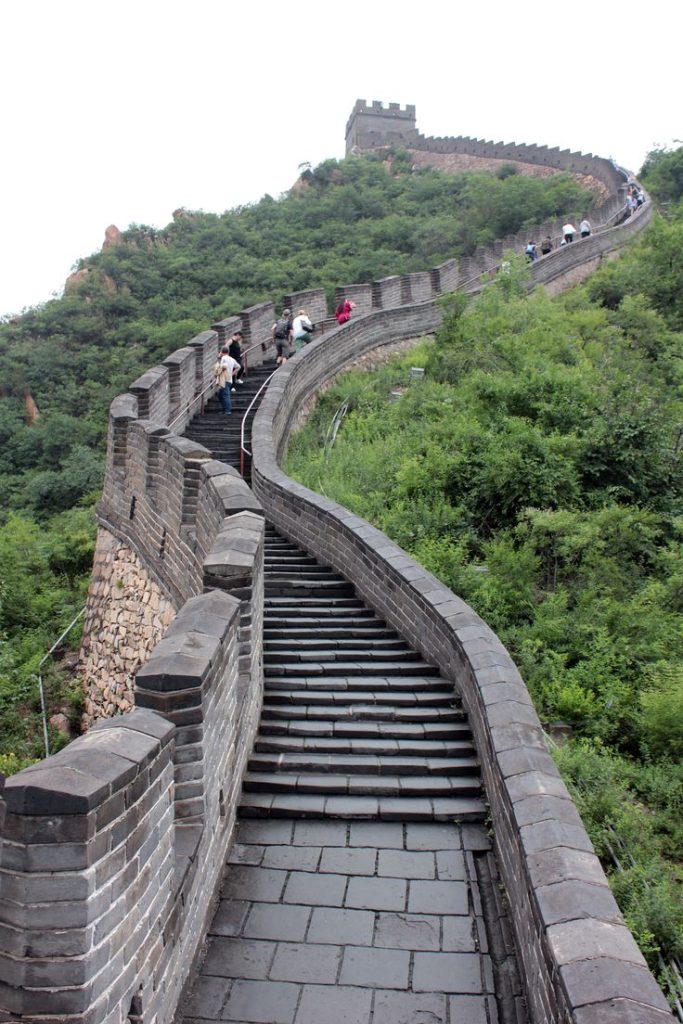
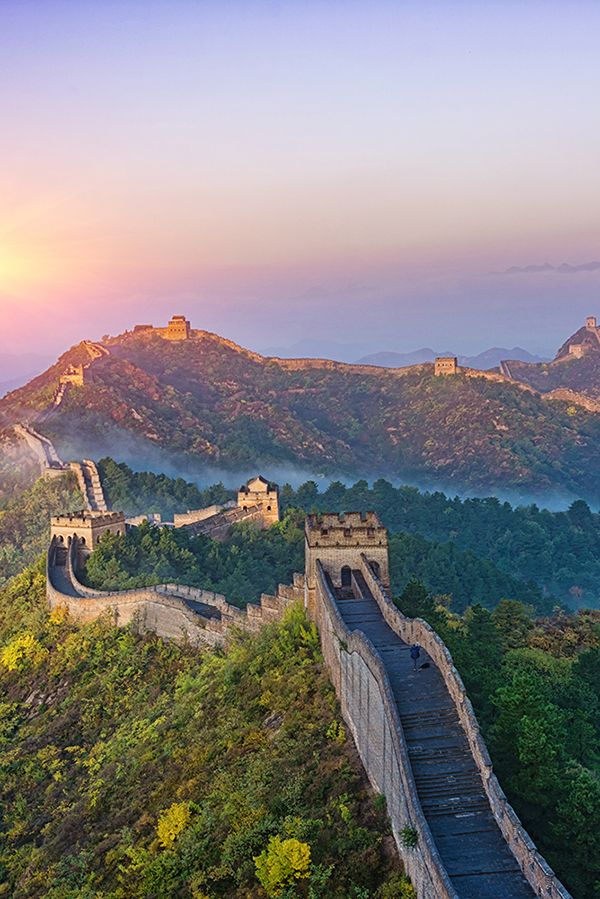
Construction of the Great Wall with stones lasted for more than 2,000 years, from the Spring and Autumn (770-476B. C.)
China is a major exporter of natural stones to countries all around the world. Some of the key destinations for Chinese stone exports include the United States, Canada, Australia, European countries such as Germany, Italy, and the United Kingdom, as well as Asian countries like Japan, South Korea, and Singapore. China houses 1500 stone processing factories, over 7500 stone trading companies, and almost 250,000 individuals working in the stone industry.
Brazil
Brazil is known for its diverse range of natural stones, including granite, marble, and quartzite. The country’s stone industry is a major contributor to its economy, with significant exports to countries across the globe
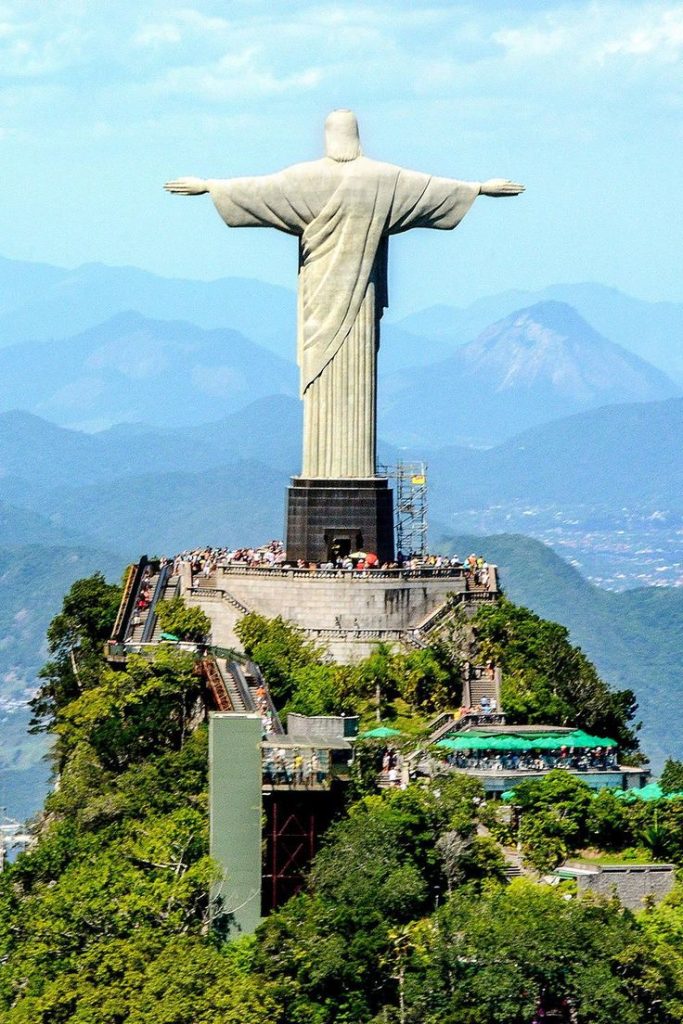
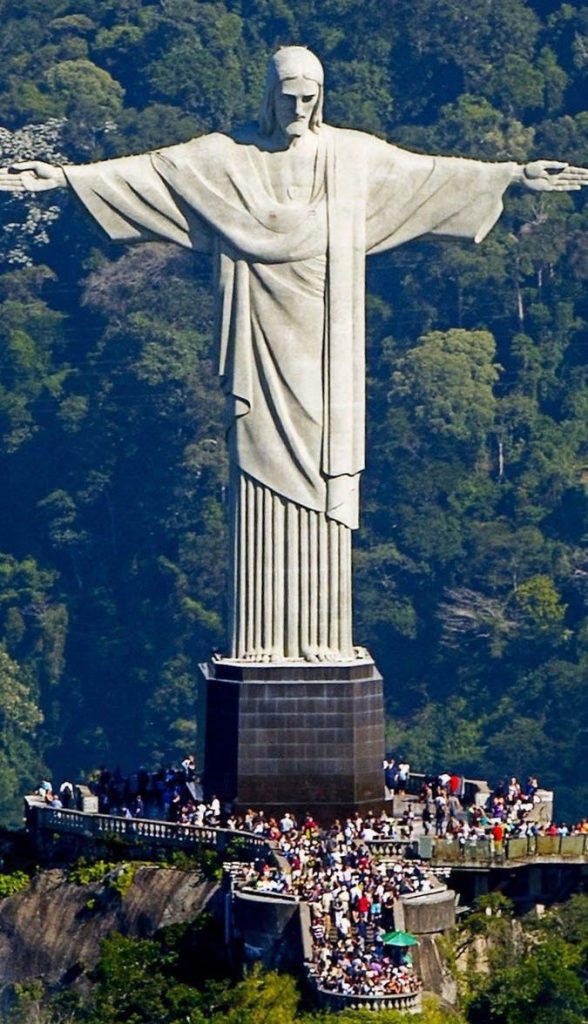
Christ the Redeemer statue is the largest Art Deco design ever built in the history of the world. The statue portrays Jesus with arms open, symbolizing welcome and peace, built in 1850 bypriest Pedro Mario in honor of Emperor Pedro II’s daughter, Princess Isabel.
Based on a study of the Brazilian stone sector, Brazil ranks as the third leading global supplier of slate, following Spain and China, and the second largest exporter of granite after India. The primary export destinations for Brazilian natural stones are the United States (particularly granite slabs), China, Italy, Canada, and Mexico. Brazil offers a wide range of natural stone varieties that are highly competitive in the international market.
India
India is another major player in the global stone export market, particularly known for its high-quality granite and marble products. The country exports a wide range of stone products to various countries around the world.
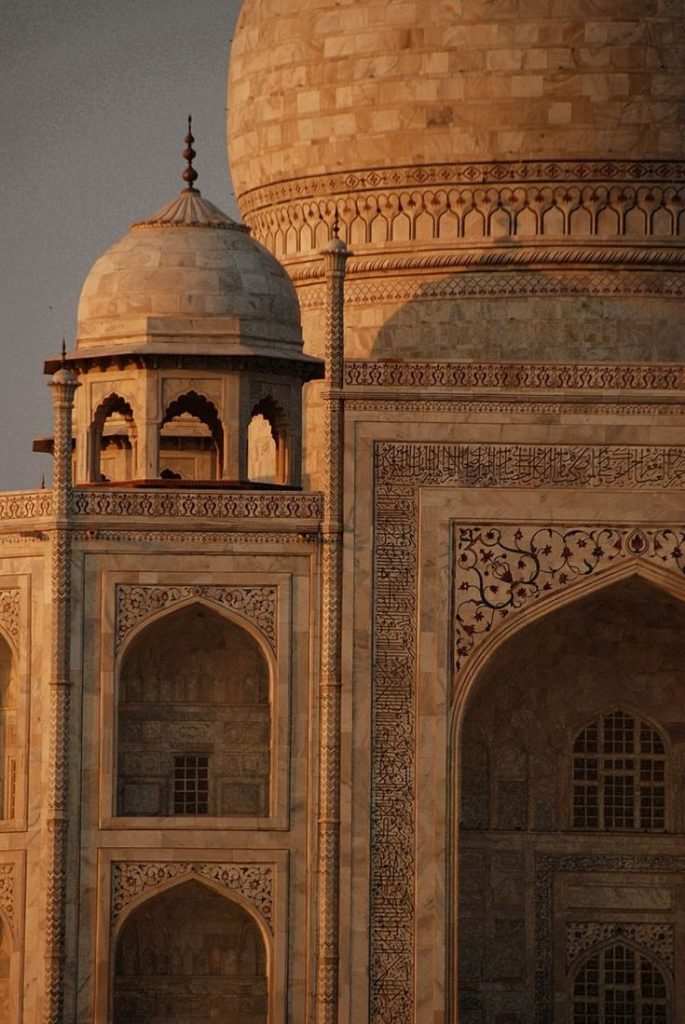
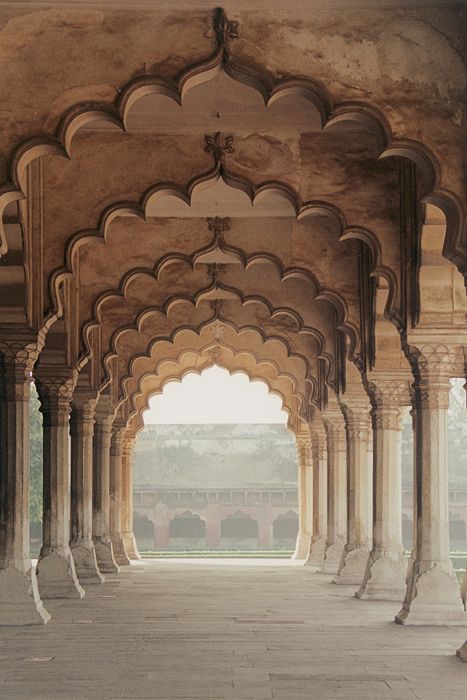
The Taj Mahal is an ivory-white marble mausoleum, the Indian city of Agra. It was commissioned in 1632 by the Mughal emperor, Shah Jahan , to house the tomb of his favourite wife, Mumtaz Mahal.
India is recognized as a major global producer of raw stone materials, Over 20 types of Indian granite have made their mark in the stone industry, with new varieties continuously entering the market. The country’s rich cultural heritage in natural stone usage dates back centuries, exemplified by iconic structures like the Taj Mahal in Agra, a UNESCO World Heritage Site. Despite centuries of weathering, Indian marble continues to showcase its beauty.
Italy
Italy is renowned for its premium-quality marble and other natural stones. Italian stone products are highly sought after in the international market, making Italy one of the top stone exporting countries.
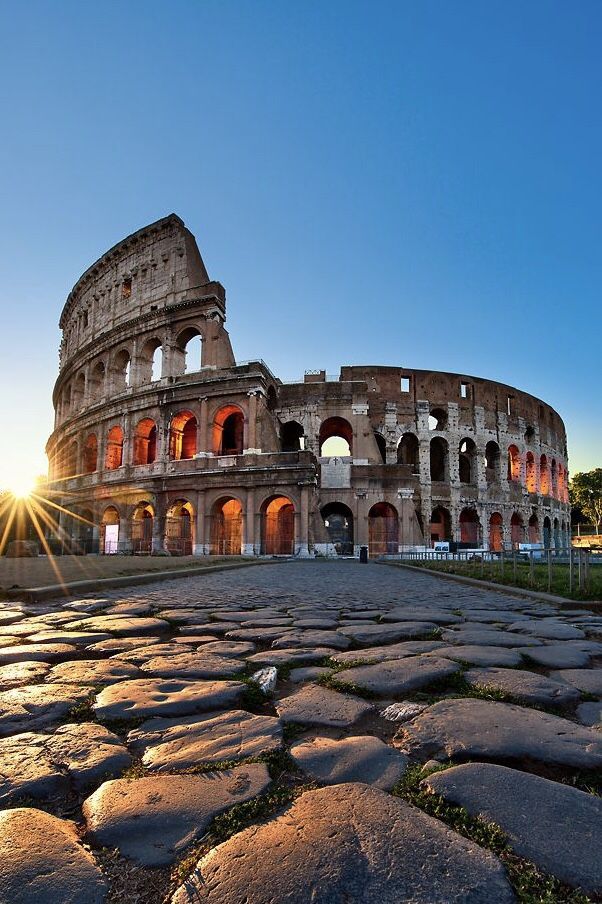
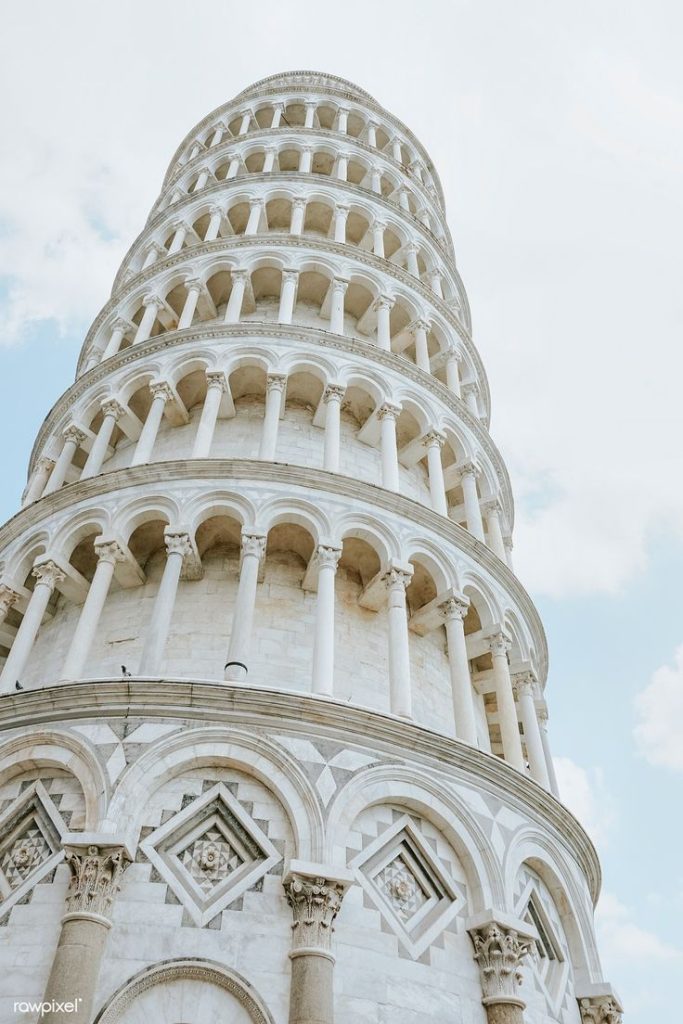
Colosseum, Rome, Italy; designed and built under the supervision of Roman emperor Vespesiano / the leaning Tower of Pisa, constructed in 12th century
Italy is renowned as the “Stone Kingdom,” with its production, import, and export volumes consistently ranking at the top globally. The city’s unique charm is evident through its narrow stone corridors, grand stone structures, elaborate stone sculptures, and imposing stone columns. Italy’s abundance of marble resources and advanced stone technology have earned it a reputation for exceptional design prowess. The country places great emphasis on incorporating stone into architectural projects, with marble and other stone materials making up a significant portion of building materials. Italian households favor stone materials for their elegance and natural beauty, with various white and black stone varieties such as Karakal white, Italian Fish Maw white, Italian black Golden Flower, and Italian Roman cave stone being popular choices.
Turkey
Turkey is a significant exporter of natural stones such as marble, travertine, and limestone. The country’s stone industry is well-developed and exports its products to various regions worldwide.

Patara Turkey, Patara beach and ruins of ancient city / Stone Houses of Mardin
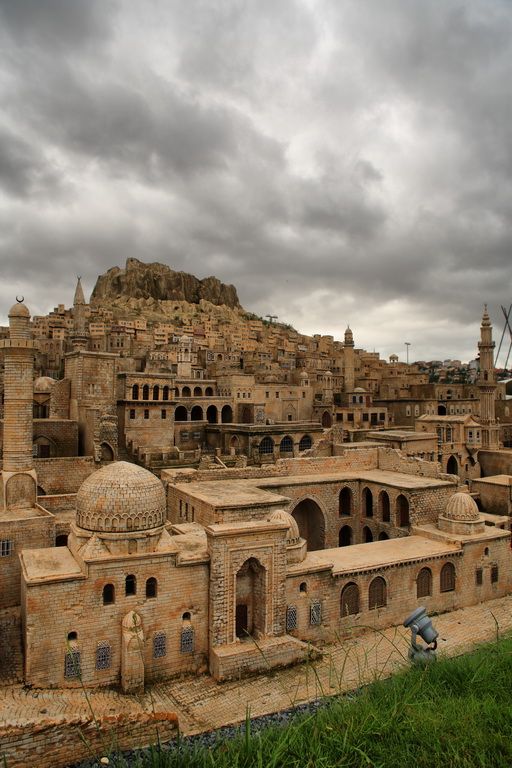
Currently, Turkey boasts over 2000 mines and has confirmed the presence of over 600 different types of marble, making up 40% of the global total. It holds the title of having the most diverse range of marble varieties worldwide. Its primary exports include marble, limestone, and agate.
Turkey has a rich history of marble production dating back over 4000 years, making it one of the oldest marble-producing nations. The majority of Turkey’s marble mines, around 90%, are situated in the western regions, particularly Marmara Island, the Aegean Sea area, and the Nafion province. Turkey boasts over 250 different marble varieties, with more than 100 being exported internationally.
Iran
Iran ranks ninth globally in terms of having mines for building stone, with approximately 80% of all building stones being sourced and extracted from the country. Iranian stone is in high demand internationally, with countries like China, the United Arab Emirates, Europe, South America, Australia, and Japan importing it.
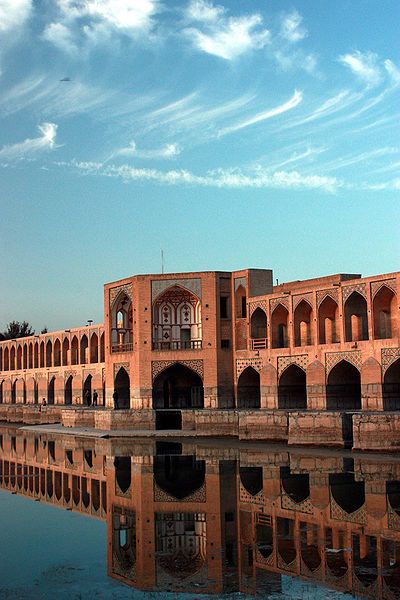
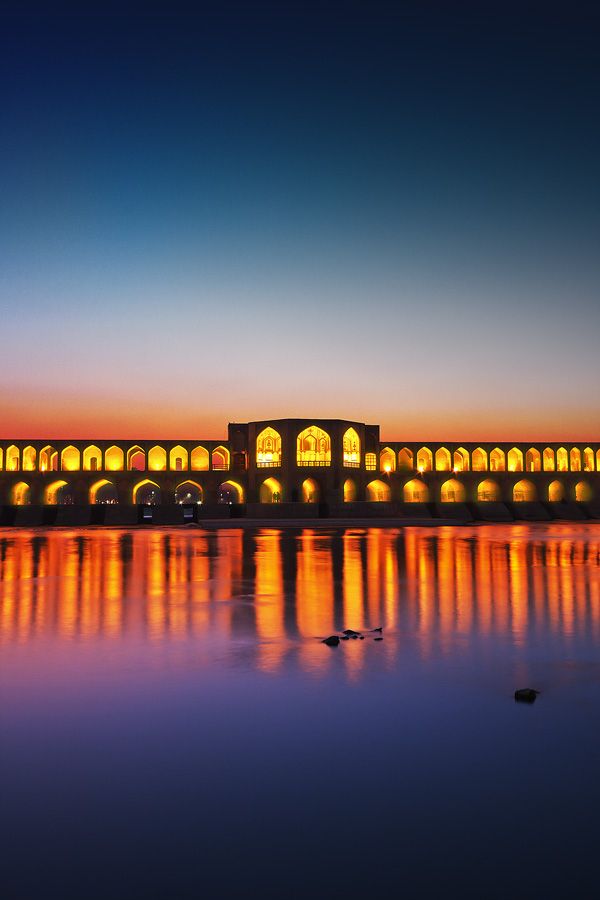
The Khaju Bridge, 1650 is one of the historical bridges on the Zayanderud, the largest river of the Iranian Plateau, in Isfahan, Iran
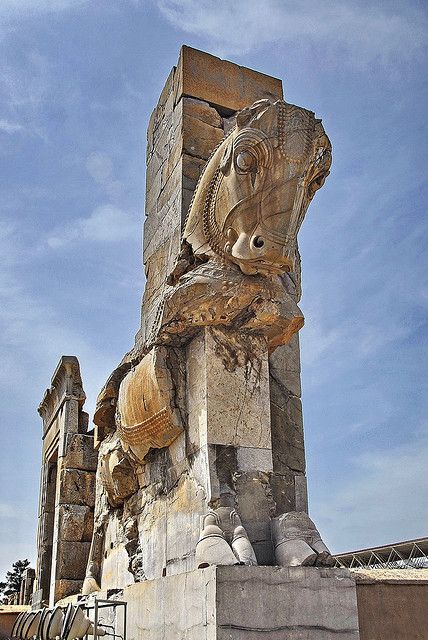
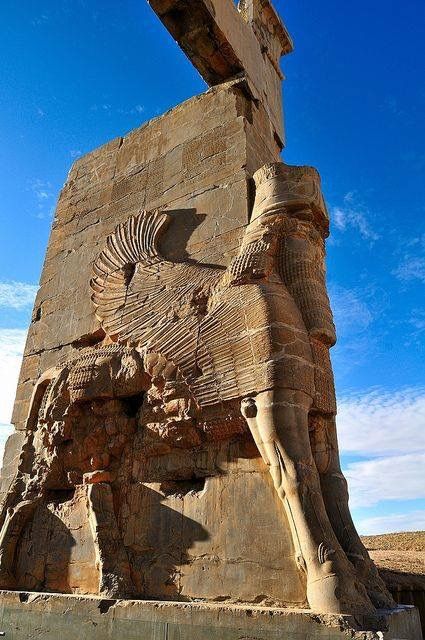
Achaemenid architecture,Persepolis, 5th century BC, Iran

Tomb of Cyrus the Achaemenid, the great Persian king
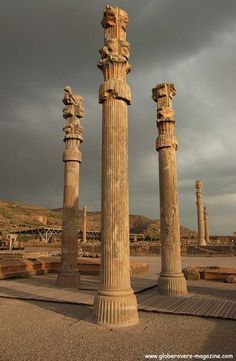
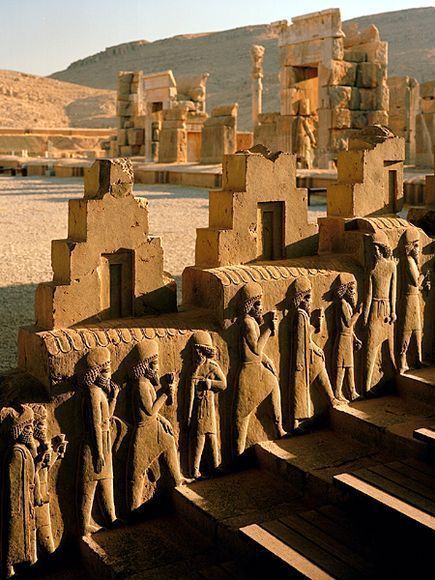
Pasargad, Iran
the pictures are the best indicators that Iran has many well-preserved historical sites, such as Persepolis, Pasargadae, Naqsh-e Rustam, and numerous other ancient ruins and monuments that showcase its long and diverse history. Iran’s historical significance continues to attract visitors from around the world who are interested in exploring its ancient past.
The quality of many Iranian building stones is among the best in the world. Iranian stones are recognized around the world thanks to their export. Iran is home to 32 provinces, all abundant in granite and marble. Due to Iran’s diverse geography, the northern regions have cave stones and marble, the south boasts rich granite varieties, while the central areas have more marble cave stones and fewer granite resources. Border regions primarily have granite resources. The stone types found in Iran include rice white cave stone, yellow cave stone, white cave stone, red cave stone, White House beige, red line beige, and Shaanna beige.
As you have seen, Iran is a rich country that supplies the majority of clients’ stone needs worldwide. In the middle east, is the best stone exporter and its stone industry has been growing rapidly in recent years, with increasing exports to various countries.
Conclusion
In this article, we delved into the biggest stone exporter countries. the six countries in each continent and mostly in Asia were China, Brazil, India, Italy, Turkey, and Iran. Also, we provided you with pictures of some of the famous historical buildings of each country to clarify why they are the TITANS! Among all these countries, Iran is the biggest stone exporter with the highest quality in the Middle East, each of these stones has a specific application in the building sector. Highlighting that the stones are moved by land and water due to the weight of the burden. All in all, thank you for bearing with us till now.
Keep in Touch with Us
ARE YOU IN NEED OF SUPPORT?
Get in touch with our technical department at “EVERTRUST STONE” to obtain answers to your queries on architectural solutions or the product.
Content production : raman01.ir
